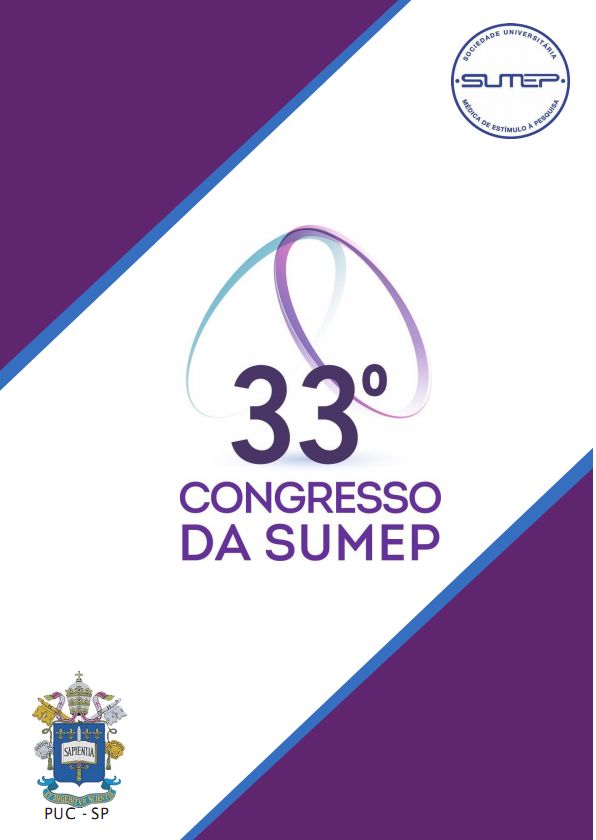Adipocytokine responses to acute exercise in athletes with different body fat content and sedentary controls
Palavras-chave:
adiposeytokine, exercise, sedentary, athletes, endocrinologyResumo
Introduction: Recent research in the biology of adipose tissue indicates that it is far more than a simply an energy storage organ, and it is in fact an active endocrine organ secreting numerous bioactive mediators, called adipokines, including leptin, adiponectin and visfatin (Galic, 2010). To date, less attention has been focused on the kinetics of adipokines levels during and after high intensity exercise. Several reports pointed at the metabolic role of adipokines during exercise in elite athletes, but the data are currently equivocal (Bouassida et al., 2010; Jürimäe et al., 2011). Objectives: The aim of this study was to investigate adipocytokine responses to a single bout acute exercise in elite athletes with low percentage of body fat, elite athletes with a high percentage of body fat and sedentary controls. Methods: Sixteen athletes with low percentage of body fat (volleyball players, low fat athletes group, LFAG), fifteen athletes with high percentage of body fat (water polo players, high fat athletes group, HFAG) and fifteen sedentary subjects participated in this study (age [years] 20±2; 20±2; 20±1, respectively). All subjects were exposed to: anthropometric measurements; exercise test on treadmill in order to examine acute changes of adipocytokines; blood samples were obtained at baseline levels, immediately after the exercise test and 30 minutes after recovery. Separated serum or plasma were used for hormone (leptin, adiponectin and visfatin) ELISA analysis. Results: In athletes in LFAG, baseline leptin concentration was significantly lower, but adiponectin and visfatin concentrations were significantly higher, compared to sedentary controls and athletes in HFAG (p<0.05, all). There were no significant post exercise or recovery changes in adiponectin concentration (p>0.05). Conclusions: Our findings show leptin and visfatin levels, but not adiponectin respond to acute exercise. Acute exercise elicited an inverse visfatin response in athletes in HFAG and controls. Also, these results suggest that leptin is altered after acute exercise only in sedentary individuals.Downloads
Publicado
Como Citar
Edição
Seção
Licença
Os autores no momento da submissão transferem os direitos autorais, assim, os manuscritos publicados passam a ser propriedade da revista.
O conteúdo do periódico está licenciado sob uma Licença Creative Commons 4.0, esta licença permite o livre acesso imediato ao trabalho e que qualquer usuário leia, baixe, copie, distribua, imprima, pesquise ou vincule aos textos completos dos artigos, rastreando-os para indexação, passá-los como dados para o software, ou usá-los para qualquer outra finalidade legal.




 Este obra está licenciada com uma Licença
Este obra está licenciada com uma Licença 